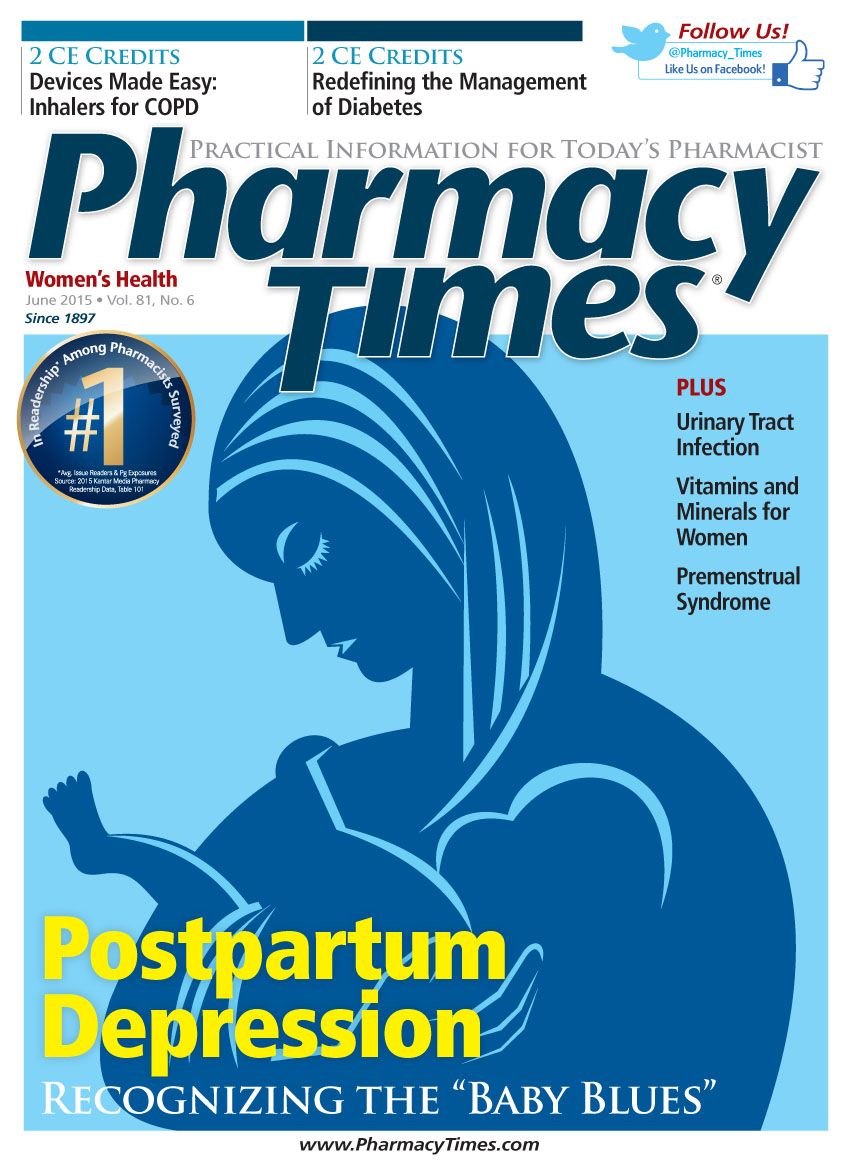Publication
Article
Pharmacy Times
Rytary
Author(s):
The FDA has approved Impax Pharmaceuticals' Rytary for the treatment of Parkinson's disease, postencephalitic parkinsonism, and parkinsonism that may follow carbon monoxide intoxication or manganese intoxication.
The FDA has approved Impax Pharmaceuticals’ Rytary (carbidopa and levodopa extended-release capsules) for the treatment of Parkinson’s disease, postencephalitic parkinsonism, and parkinsonism that may follow carbon monoxide intoxication or manganese intoxication.1 Approximately 1 million Americans are affected by Parkinson’s disease, and 50,000 to 60,000 new cases are diagnosed each year in the United States. The formulation of Rytary contains immediaterelease and extended-release beads to provide both initial and extended levodopa plasma concentrations after a single dose.2
Pharmacology
Levodopa is the metabolic precursor of dopamine. It crosses the blood—brain barrier and is presumably converted to dopamine in the brain, thus relieving the symptoms of Parkinson’s disease. When levodopa is given orally, however, it is rapidly decarboxylated to dopamine in extracerebral tissues, resulting in only a small portion reaching the central nervous system. Carbidopa inhibits the decarboxylation of peripheral levodopa, allowing for more levodopa to be available for delivery to the brain.1
Dosage and Administration
Levodopa-naïve patients should begin treatment with 23.75 mg/95 mg orally 3 times daily for 3 days. The dose may be increased to 36.25 mg/145 mg orally 3 times daily on the fourth day of treatment if appropriate. The maximum daily dose is 612.5 mg/2450 mg.1
Patients currently using immediate- release carbidopa-levodopa may be converted to Rytary as directed in the Rytary prescribing information. Rytary is not interchangeable with other carbidopa-levodopa formulations and may be taken with or without food. The capsules should not be chewed, divided, or crushed.
Clinical Trials
The effectiveness of Rytary in patients with early Parkinson’s disease was evaluated in a randomized, double-blind, placebo-controlled, fixed-dose, parallel-group, 30-week study of 381 patients. Patients received either placebo or one of 3 fixed doses of Rytary. The primary efficacy end point was the mean change from baseline in the sum of the Unified Parkinson’s Disease Rating Scale (UPDRS) Part II (activities of daily living) score and UPDRS Part III (motor skills) score for Rytary compared with placebo. A statistically significant improvement was found for each strength of Rytary.
Rytary’s effectiveness in patients with advanced Parkinson’s disease was evaluated in a randomized, multicenter, double-blind, levodopacontaining, active-control, doubledummy, parallel-group trial. A total of 393 patients were randomized to receive either Rytary or immediaterelease carbidopa-levodopa. The clinical outcome measure of the study was the percentage of “off” time during waking hours at the study’s end or at early termination, as assessed by each patient’s Parkinson’s disease diary. The “off” time significantly improved in patients using Rytary compared with those using immediate-release carbidopa-levodopa. The Rytary group also experienced more “on” time without troublesome dyskinesia.1,2
Contraindications, Warnings, and Precautions
Rytary is a Pregnancy Category C drug. It should not be used in patients concomitantly taking nonselective monoamine oxidase inhibitors.1,2 Rytary’s use has not been studied in pediatric patients.
Patients using Rytary may fall asleep during activities of daily living. Avoid sudden discontinuation or rapid dose reduction to reduce the risk of withdrawal-emergent hyperpyrexia. Patients with a history of cardiovascular disease should be monitored for cardiovascular events. Hallucinations or psychosis may also occur during treatment with Rytary. If impulse-control disorders occur, consider dose reduction or discontinuation. If dyskinesia occurs or is exacerbated, consider dose reduction, as well. Iron salts and dopamine D2 agonists, including metoclopramide, may reduce the effectiveness of Rytary.
In early Parkinson’s disease, the most common adverse reactions (≥5%) were nausea, dizziness, headache, insomnia, abnormal dreams, dry mouth, dyskinesia, anxiety, constipation, vomiting, and orthostatic hypotension. In advanced Parkinson’s disease, the most common adverse reactions (≥5%) were nausea and headache.1
Dr. Holmberg earned her PharmD from the University of Connecticut and completed an ambulatory care residency in the Phoenix VA Healthcare System. Her practice has also included pediatrics and inpatient mental health. She resides in Phoenix, Arizona.
References
- Rytary complete prescribing information. Impax Laboratories website. http://documents.impaxlabs.com/rytary/pi.pdf. Accessed April 2015.
- Impax Pharmaceuticals announce FDA approval of Rytary (carbidopa and levodopa) extended-release capsules for the treatment of Parkinson's disease [press release]. Hayward, CA: Impax Pharmaceuticals; January 8, 2015. http://investors.impaxlabs.com/Media-Center/Press-Releases/Press-Release-Details/2015/Impax-Pharmaceuticals-Announce-FDA-Approval-of-RYTARY-Carbidopa-and-Levodopa-Extended-Release-Capsules-for-the-Treatment-of-Parkinsons-disease/default.aspx. Accessed April 2015.







